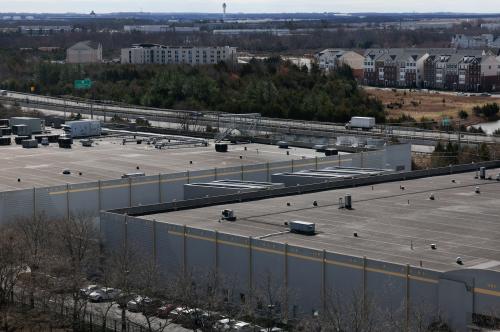Innovation is the driver of long-term economic growth and a key ingredient for improvements in healthcare, safety, and security, not to mention those little comforts and conveniences to which we have grown so accustomed. But innovation is not an unqualified good; it taxes society with costs.
The market system internalizes only a portion of the total costs of innovation. Other costs, however, are not included in market prices. Among the most important sources for those unaccounted costs are creative destruction, externalities, and weak safeguards for unwanted consequences.
Creative Destruction and Innovation
Schumpeter described creative destruction as the process by which innovative entrepreneurs outcompete older firms who unable to adapt to a new productive platform go out of business, laying off their employees and writing off their productive assets. Innovation, thus, also produces job loss and wealth destruction. Externalities are side effects with costs not priced in the marketplace such as environmental degradation and pollution. While externalities are largely invisible in the accounting books, they levy very real costs to society in terms of human health and increased vulnerability to environmental shocks. In addition, new technologies are bound to have unwanted deleterious effects, some of which are harmful to workers and consumers, and often, even to third parties not participating in those markets. Yet, there are little financial or cultural incentives for innovators to design new technologies with safeguards against those effects.
Indeed, innovation imposes unaccounted costs and those costs are not allocated in proportion of the benefits. Nothing in the market system obligates the winners of creative destruction to compensate the unemployed of phased-out industries, nor mandates producers to compensate those shouldering the costs of externalities, nor places incentives to invest in preventing unwanted effects in new production processes and new products. It is the role of policy to create the appropriate incentives for a fair distribution of those social costs. As a matter of national policy we must continue every effort to foster innovation, but we must do so recognizing the trade-offs.
Strengthening the Social Safety Net
Society as a whole benefits from creative destruction; society as a whole must then strengthen the safety net for the unemployed and double up efforts to help workers retrain and find employment in emerging industries. Regulators and industry will always disagree on many things but they could agree to collaborate on a system of regulatory incentives to ease transition to productive platforms with low externality costs. Fostering innovation should also mean promoting a culture of anticipation to better manage unwanted consequences.
Let’s invest in innovation with optimism, but let’s be pragmatic about it. To reap the most net social benefit from innovation, we must work on two fronts, to maximize benefits and to minimize the social costs, particularly those costs not traditionally accounted. The challenge for policymakers is to do it fairly and smartly, creating a correspondence of benefits and costs, and not unnecessarily encumbering innovative activity.
Commentary published in
The International Economy magazine
, Spring 2014 issue, as part of a symposium of experts responding to the question: Does Innovation Lead to prosperity for all?
The Brookings Institution is committed to quality, independence, and impact.
We are supported by a diverse array of funders. In line with our values and policies, each Brookings publication represents the sole views of its author(s).




Commentary
Innovation Is Not an Unqualified Good
July 10, 2014